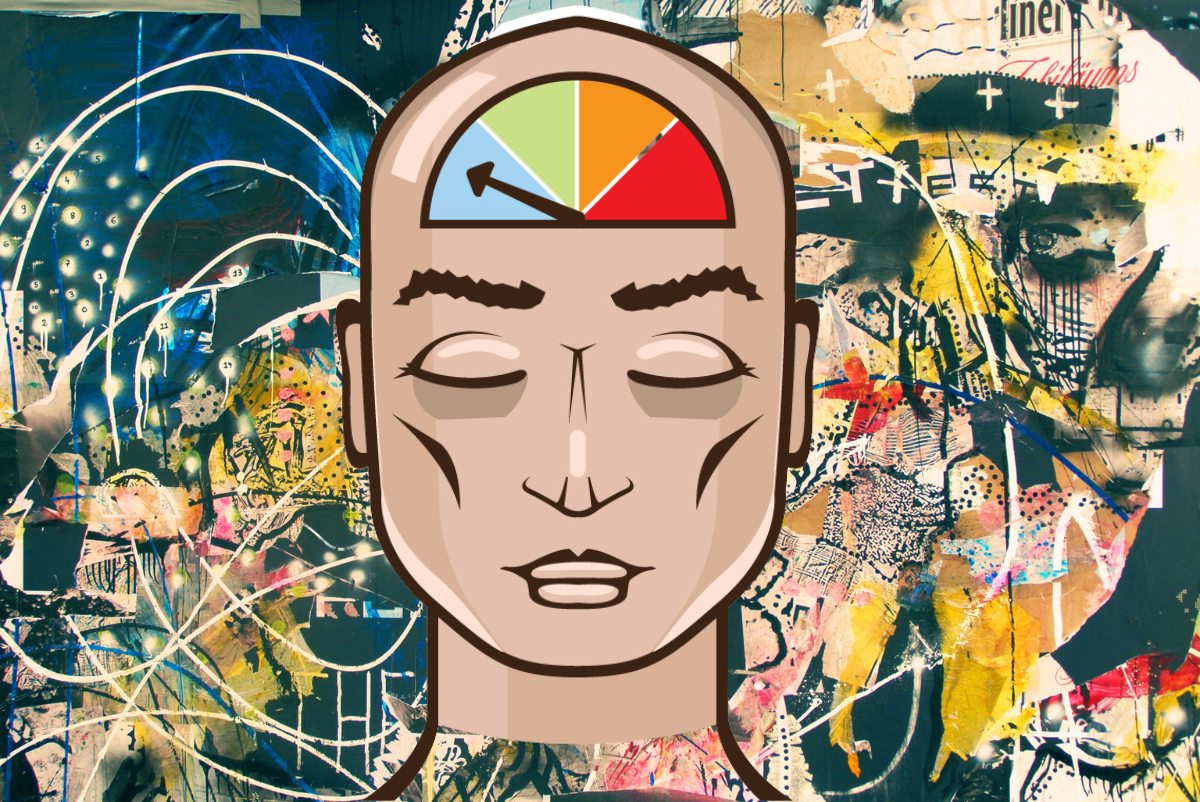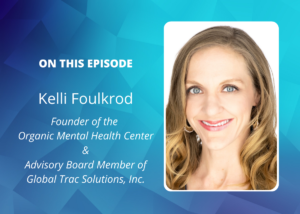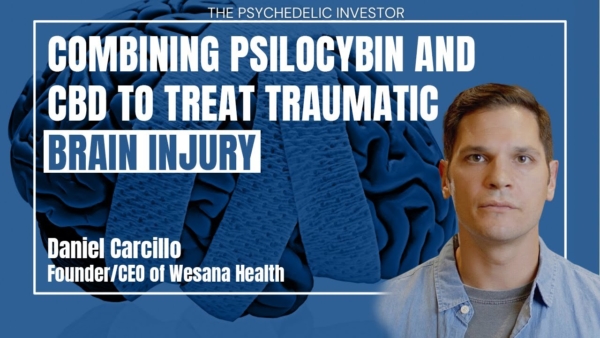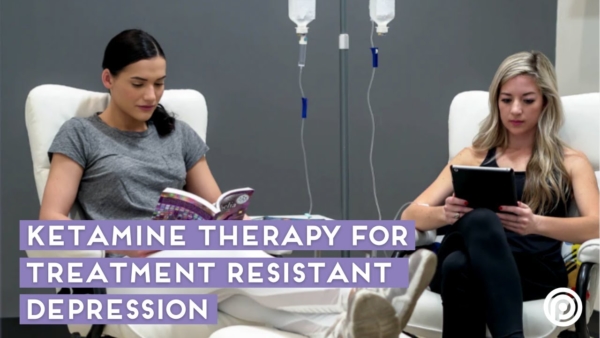
Discover a powerful, new (and somewhat unpopular) way to deal with anxiety and depression - without meditation, yoga, gratitude lists, pharmaceuticals and $49 Moleskine journals.

Discover a powerful, new (and somewhat unpopular) way to deal with anxiety and depression - without meditation, yoga, gratitude lists, pharmaceuticals and $49 Moleskine journals.

We debut our first ever “Ask a Psychotherapist” segment where we take questions submitted by our listeners and have Kelli Foulkrod, a transpersonal psychotherapist, answer them.

In today’s episode, we discuss healing traumatic brain injury, also know as (TBI) with two times Stanley Cup Champion Daniel Carcillo, Founder and CEO of Wesana Health (CNSX: WESA | OTC: WSNAF)
For More Information on Wesana Health, visit:
https://www.wesanahealth.com/
Follow Wesana on Social Media:
Twitter: @wesanahealth
Instagram: @wesanahealth
Facebook: @wesanahealth
Follow us on Twitter:
@Psy_Invest
@psy_holy
@PsycSpotlight
Follow us on Instagram:
@thepsychedelicinvestor
@psycspotlight
To learn more about the emerging psychedelic industry, visit:
https://psychedelicspotlight.com/
This video was conducted on behalf of Wesana Health, and was funded by Gold Standard Media LLC and/or affiliates. For our full disclaimer, please visit: https://portal.goldstandardir.com/disclaimer/WSNAF-85
DISCLAIMER: I am not a financial adviser nor a CPA. These videos are for educational and entertainment purposes only. Investing of any kind involves risk. While it is possible to minimize risk, your investments are solely your responsibility. It is imperative that you conduct your own research. I am merely sharing my opinion with no guarantee of gains or losses on investments.
All of the information in this video is public information that James (The Psychedelic Investor) believes to be reliable but it is not guaranteed to be 100% accurate and as such should not be used as advice. Any opinions or thoughts from James (The Psychedelic Investor) are subject to change.
#WesanaHealth #WESASttock #Psychedelicstocks

In this episode, Christi provides insight into how ketamine impacts people’s physical and mental health. She goes into the comparison of ketamine’s effects compared to other psychedelics and how Flow Integrative’s patient care is unique.

Ketamine therapy is shaping up to be one of the…

In this episode, Dennis Walker and Mikaela de la Myco dive into the intersection of sex and psychedelics.

Anecdotal research suggests NeuroDirect topical ketamine relieves PTSD symptoms in minutes. But the mechanism of action is unclear.
By signing up to the Psychedelic Spotlight newsletter you agree to receive electronic communications from Psychedelic Spotlight that may sometimes include advertisements or sponsored content.